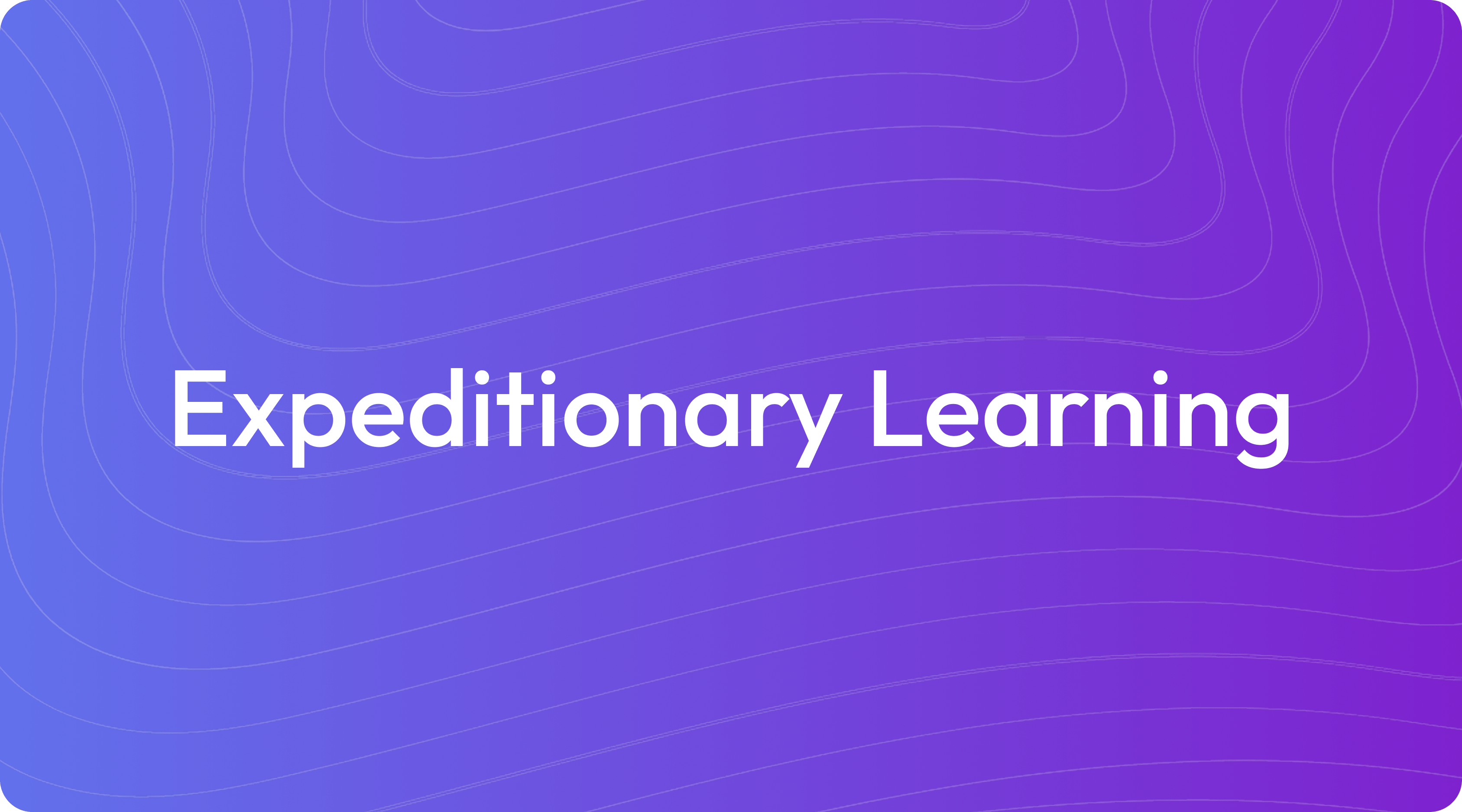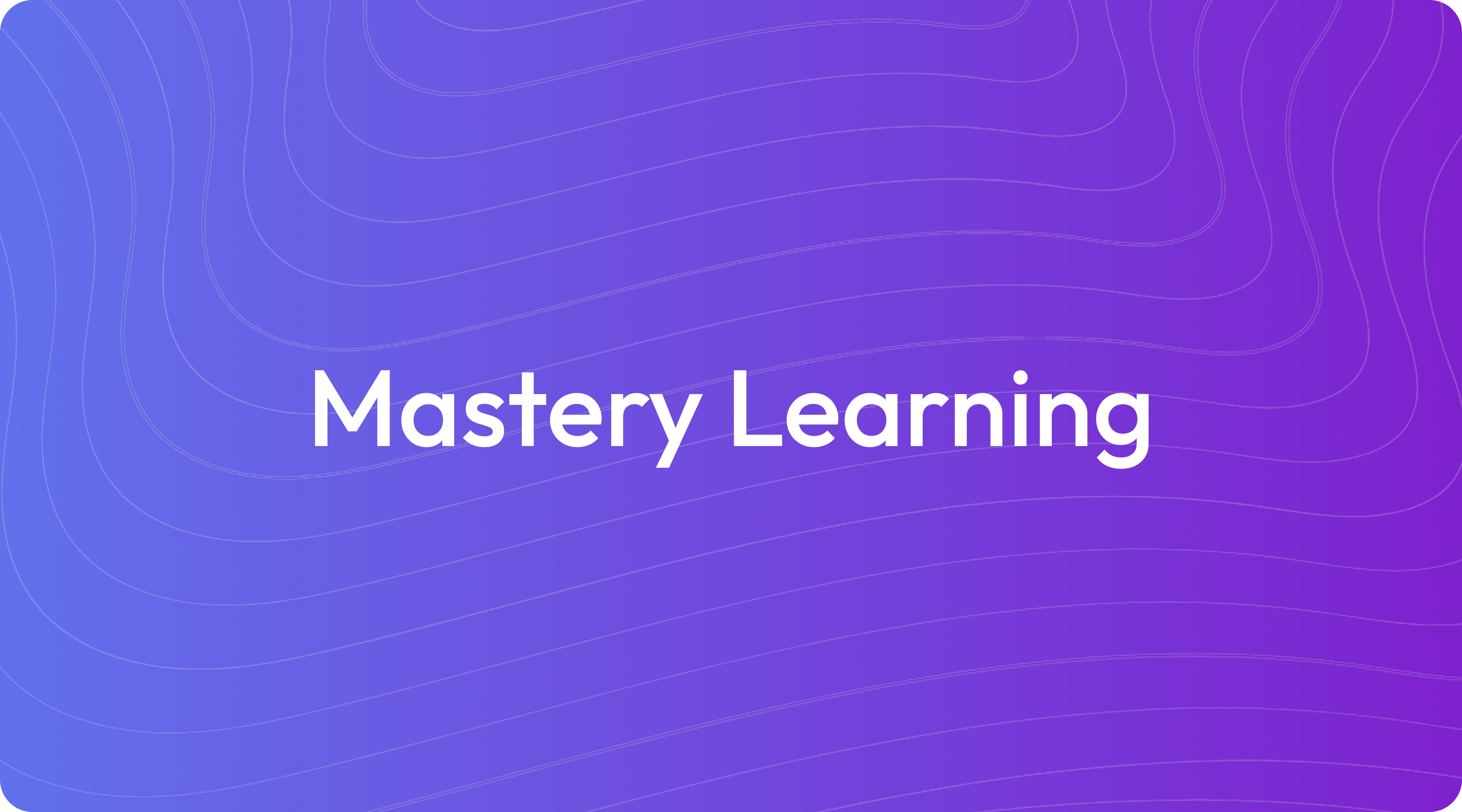What Is Metacognition in Education?
-min.png)
What Is Metacognition in Education?
Metacognition is often described as “thinking about your own thinking.” It’s the process where students become aware of, reflect on, and direct their own learning. In practice, this means teaching them explicit strategies to plan their work, monitor their understanding, and evaluate their progress. Ultimately, it helps students understand how they learn best, making them more self-directed and effective in the classroom.
.png)
Metacognition Strategies and Activities
Metacognitive strategies help students become aware of their thinking and manage their learning. These strategies focus on planning, monitoring, and evaluating one’s own understanding and performance.
Activities can include tools like reflection journals, self-assessment rubrics, or checklists. By learning how to approach tasks and think about their learning process, students can build agency and resilience.
Here are some metacognitive strategies and activities:
- Think Aloud: The teacher verbalizes their thought process while solving a problem or reading, showing students how to monitor their own thinking.
- Learning Journals: Students regularly write down reflections about their learning experiences, challenges, and the strategies they used.
- KWL Charts: A chart helps students organize what they already Know, what they Want to know, and what they Learned during a lesson.
- Exam Wrappers: Students use a worksheet after an exam to analyze their preparation methods and performance, identifying areas for improvement.
- Reciprocal Teaching: Students take on the role of the teacher, explaining concepts and strategies to their peers.
- Metacognitive Talk: Students are encouraged to talk through their thought processes and strategies as they work on a task.
- Checklists and Rubrics: These tools provide a structure for students to plan their work, monitor their progress, and evaluate the final outcome against set criteria.
- Pre-Assessment of Knowledge: Before introducing a new topic, teachers use short activities like polls or writing prompts to find out what students already know.
- Think-Pair-Share: Students first think about a question individually, then discuss their ideas with a partner before sharing with the entire class.
- Goal Setting: Students are guided to set, monitor, and review their own learning goals, focusing on skill development.
Metacognition Benefits
Metacognition is a process that helps students become aware of their own thinking and direct their learning. It involves planning, monitoring, and evaluating their understanding and performance. By using tools like reflection journals or self-assessments, students can examine how they approach tasks and adjust their strategies.
Implementing metacognitive strategies can influence student outcomes and their ability to learn independently. However, these internal thought processes are difficult to observe and measure, and their application requires careful consideration of task difficulty to avoid cognitive overload.
Here are some effects of metacognition to consider:
- Achievement Levels: Research suggests a correlation between metacognitive practices and student achievement levels.
- Independent Learning: Students can develop the capacity to monitor their own progress and take control of their learning.
- Cost: Implementation primarily requires teacher training rather than specialist equipment or large purchases.
- Transferable Knowledge: The skills can be applied across different subjects and contexts, including reading, math, and problem-solving.
- Measurement Difficulty: Because metacognition is an internal process, it is not directly observable, which makes assessment challenging.
- Student Discomfort: Some effortful strategies, like self-testing, can reveal gaps in understanding and cause stress for students.
- Cognitive Overload: If tasks are too challenging for a student's current capabilities, their thinking can fail due to too much information in their working memory.
- Implementation Specificity: Generic "thinking skills" sessions are often found to be ineffective; strategies should be integrated with subject-specific content.
- Resilience: Students may persevere more by identifying which strategies are effective for them and which are not.
- Advanced Thinking: The theory provides a framework for explaining a type of advanced thinking that involves self-regulation and awareness.
Metacognition Examples
Metacognition is the intentional process of thinking about one's own learning. It encourages students to understand how they learn best and develop self-awareness skills that can be applied throughout their education.
While research suggests metacognitive strategies can correspond with additional academic progress, they can also be challenging to implement. Defining and identifying these internal thought processes can be difficult, and it requires students to take more responsibility for their learning.
Here are some metacognitive strategies and activities:
- Goal Setting: Students set short-term learning targets, often using checklists to break down tasks into smaller steps
- Peer and Partner Work: Learners discuss their thinking processes with classmates, exploring different strategies and approaches to a problem
- Questioning: Students are prompted to ask questions about what they already know, what steps to take, and how to check their work
- Self-Evaluating: After a task, students review their work and teacher feedback to identify mistakes and successes
- Test Yourself: Students use tools like practice tests or flashcards to check their own knowledge and identify areas that need more practice
Metacognition Best Practices
Metacognitive best practices help students become aware of their thinking processes and manage their learning. These practices involve planning, monitoring, and evaluating one's own understanding and performance. This approach can be applied to formative assessment and goal-setting.
To implement these practices, you can create a classroom environment that encourages reflection and model your own thinking processes. Explicitly teaching students how to approach tasks helps them build agency. These methods can be supported by using specific activities like discussions or reflection prompts.
Here are some best practices for teaching metacognition:
- Supportive Classroom Environment: Fostering a space where students feel comfortable taking risks, making mistakes, and discussing their thought processes with peers
- Teacher Modeling: Demonstrating your own thinking process by verbalizing how you approach a problem or text, showing students how to use certain strategies
- Metacognitive Prompts: Using tools like reflection journals, exit tickets, or self-assessment rubrics to guide student reflection on their learning process
- Explicit Learning Activities: Including specific, repeated activities like learning logs or reflection essays that are designed to develop metacognitive skills over time
- Formative Feedback: Providing ongoing feedback and encouraging students to revise their work based on self and peer assessments
Teach with TeachShare
Metacognitive strategies help students become more aware and independent learners by teaching them to plan, monitor, and reflect on their own thinking. This approach has a high impact on student progress and can be integrated directly into your curriculum. Our Boosts feature embeds research-backed strategies like inquiry and scaffolding into your resources with a single click, helping you differentiate instruction and design with purpose. This integration of learning science is what makes our platform different, supporting you in becoming more intentional in your teaching. Start creating resources with TeachShare now.
Frequently Asked Questions
Answer



-min.png)



